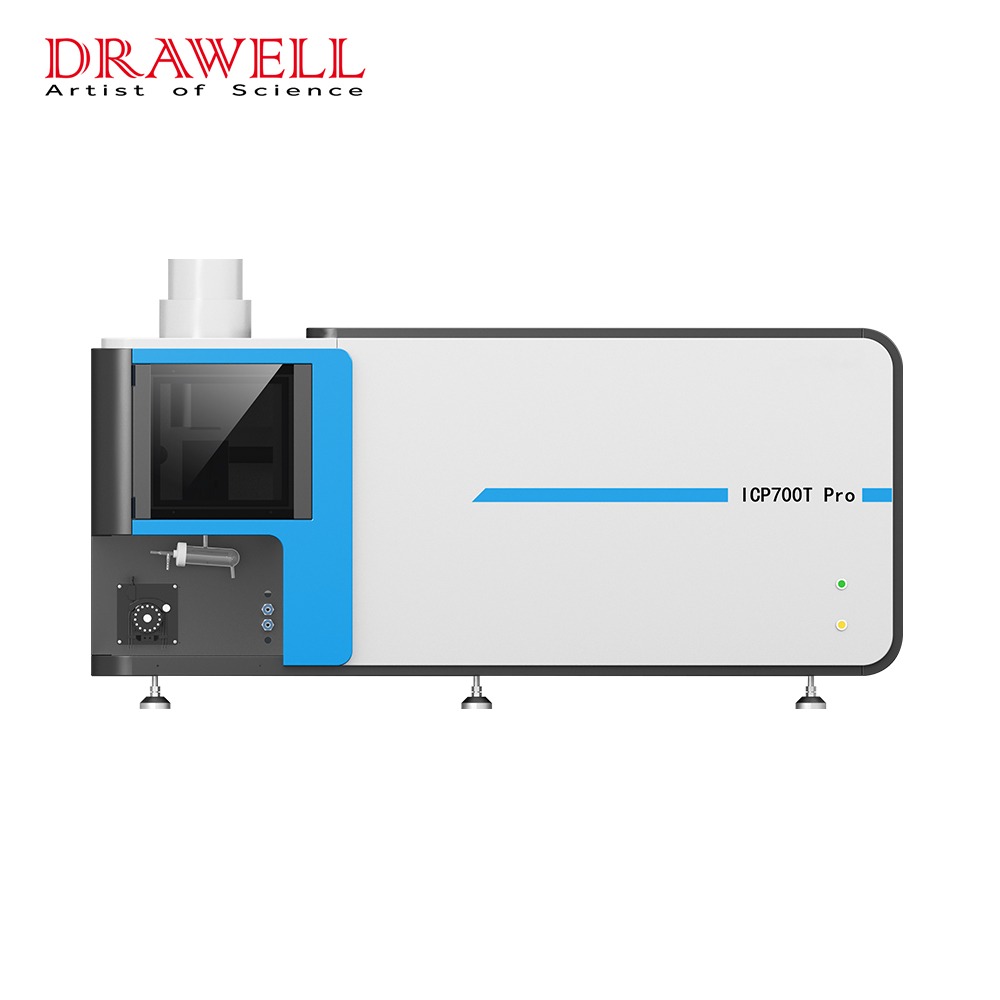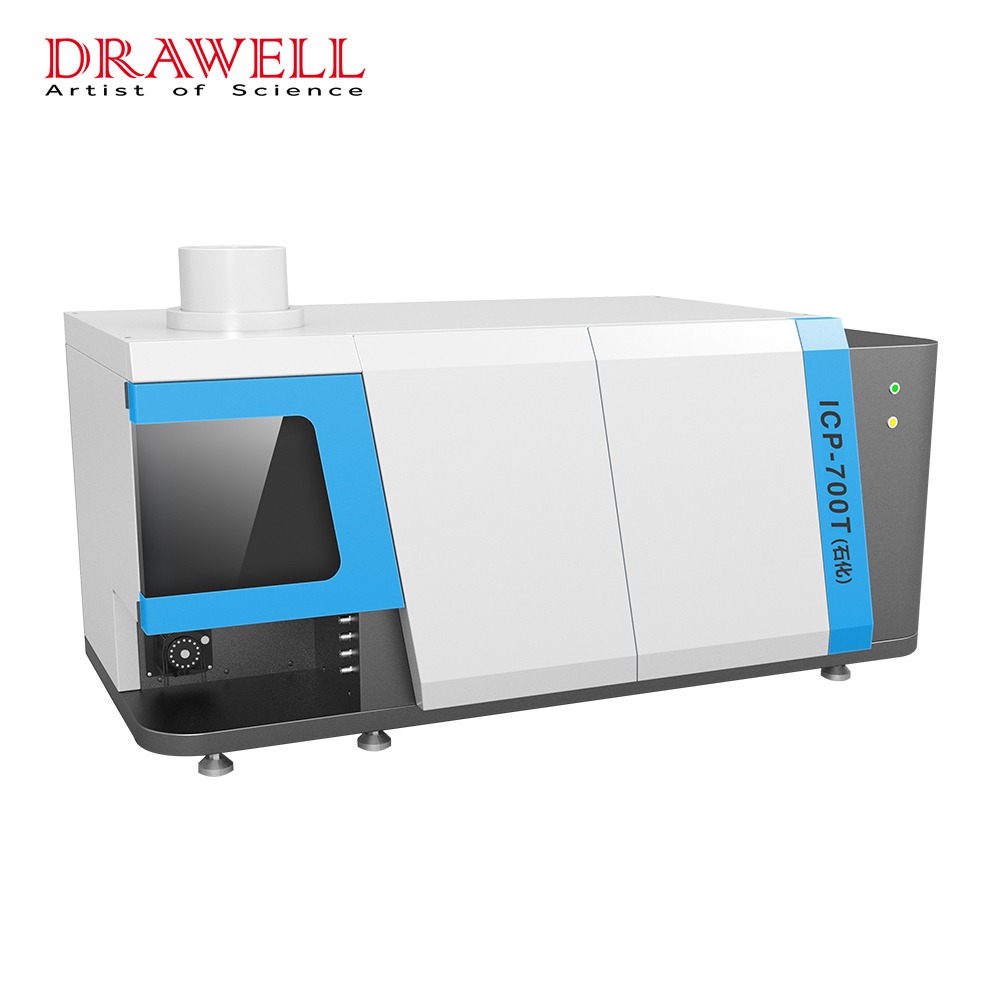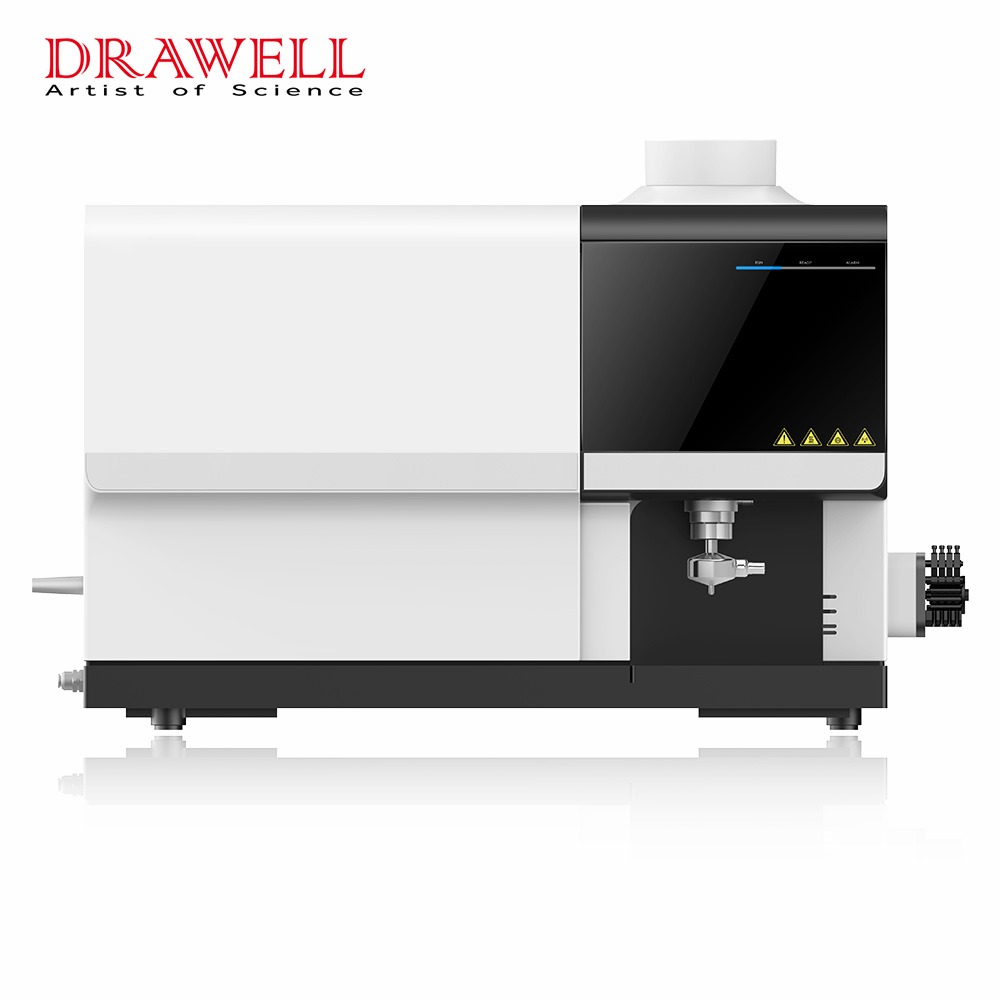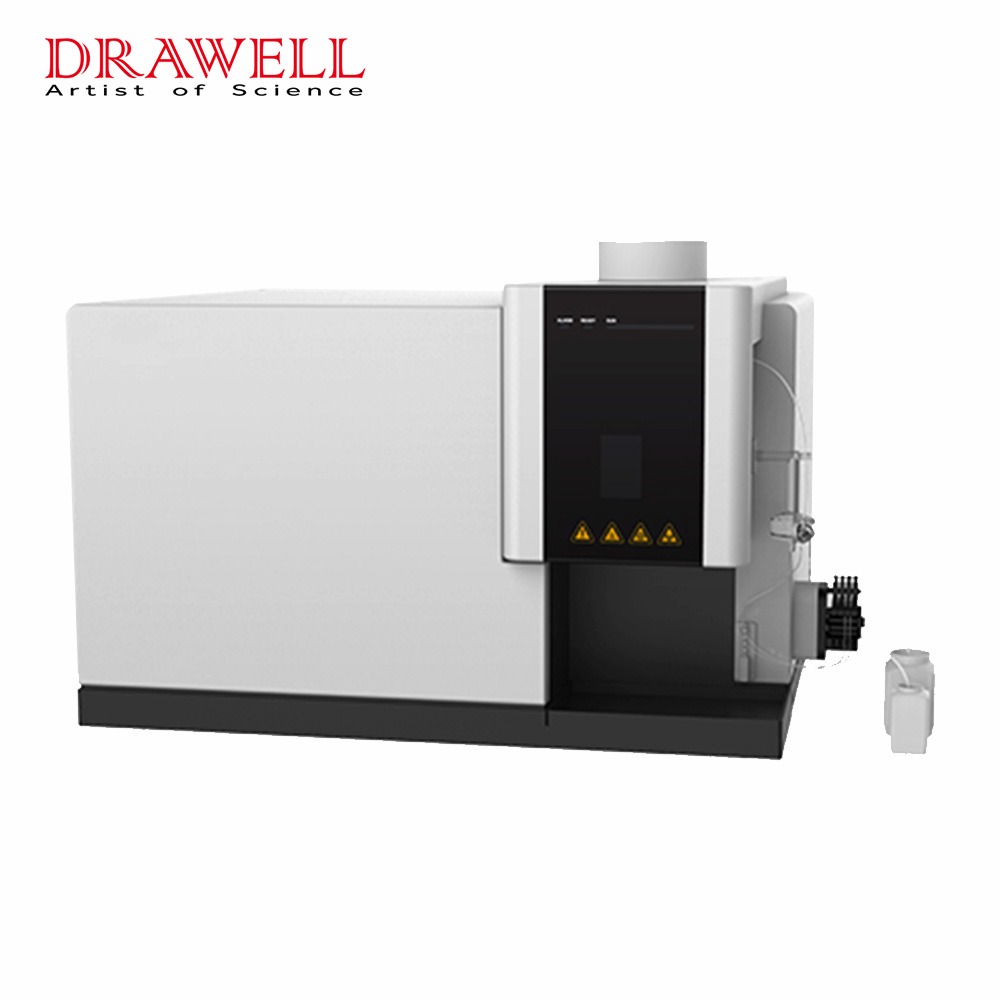Soil analysis stands as a cornerstone in agriculture, environmental monitoring, and soil health assessment, aiding in sustainable land management and ensuring food security. Within the realm of elemental analysis, two prominent techniques, ICP Emission Spectrometer (ICP-AES) and Atomic Absorption Spectrophotometer(AAS), vie for prominence. This article delves into the comparison between ICP-AES and AAS, discerning their strengths and limitations to elucidate their applicability in soil analysis.
What is Soil Analysis?
Soil analysis is a process used to assess the chemical, physical, biological, and mineralogical properties of soil. It involves collecting soil samples from various locations, analyzing them in a laboratory, and interpreting the results to understand soil quality, fertility, composition, and potential for supporting plant growth.
Here are some key components of soil analysis:
- Chemical Analysis: This involves determining the levels of essential nutrients such as nitrogen, phosphorus, potassium, calcium, magnesium, sulfur, and micronutrients like iron, manganese, zinc, copper, and boron. It also includes assessing pH levels, organic matter content, and salinity.
- Physical Analysis: Physical properties such as soil texture (sandy, loamy, clayey), structure, density, porosity, and water holding capacity are examined. These properties influence soil drainage, aeration, and root penetration.
- Biological Analysis: Soil analysis may also involve assessing the biological activity within the soil, including microbial populations, earthworm counts, and other indicators of soil health. Healthy soil biology is crucial for nutrient cycling and overall soil fertility.
- Mineralogical Analysis: This aspect involves identifying the mineral composition of the soil, which can influence its properties and suitability for different types of plants.
Soil analysis provides valuable information for agricultural practices, land management, environmental conservation, and remediation efforts. By understanding the characteristics of soil, farmers can make informed decisions about fertilizer application, irrigation, soil amendments, and crop selection to optimize productivity while minimizing environmental impact.
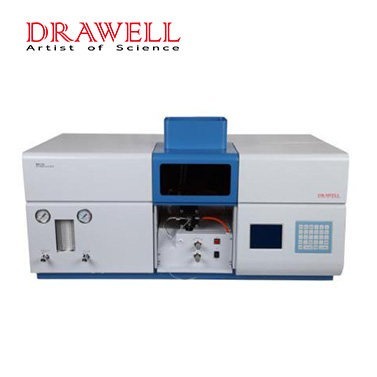
Similarities of ICP-AES and AAS for Soil Analysis
Both ICP-AES and AAS are powerful tools for soil analysis, sharing several key similarities:
- Elemental Analysis: Both techniques primarily focus on quantifying the elemental composition of soils, particularly metals and metalloids. They provide valuable insights into soil fertility, contamination levels, and potential environmental hazards.
- Sample Preparation: Both require similar sample preparation steps, typically involving acid digestion to break down the soil matrix and release the elements of interest. This ensures elements are in a form suitable for analysis by the instruments.
- Quantitative Measurements: Both techniques deliver quantitative results, meaning they provide precise measurements of the concentration of specific elements in the soil sample. This allows for accurate comparisons between different samples or against established thresholds for various elements.
- Analytical Technique: Both rely on the principle of atomic absorption/emission. AAS measures the amount of light absorbed by atoms in the excited state, while ICP-AES measures the light emitted by excited atoms. While the mechanism differs, both ultimately provide information about the elemental composition of the sample.
Overall, the use of ICP-AES and AAS for soil analysis is driven by their capabilities to provide comprehensive, sensitive, and reliable information about the elemental composition of soil samples, which is essential for various scientific, environmental, and agricultural purposes.
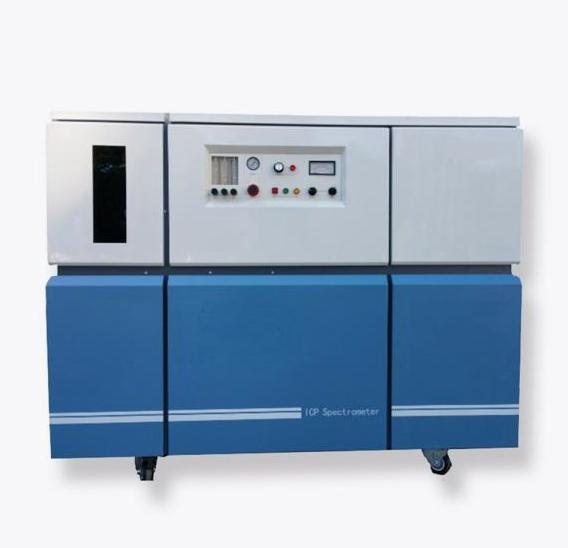
Differences between ICP-AES and AAS for Soil Analysis
Inductively Coupled Plasma Atomic Emission Spectrometer (ICP-AES) and Atomic Absorption Spectrophotometer (AAS) are both widely used techniques for elemental analysis in soil, but they differ in several key aspects:
1. Principle of Operation
- ICP-AES: Utilizes an inductively coupled plasma (ICP) to atomize and excite analyte atoms in the sample. The excited atoms emit characteristic wavelengths of light, which are then detected and quantified to determine the elemental composition.
- AAS: Relies on the absorption of light by free atoms in the gaseous state. The sample is atomized and then exposed to a light source of a specific wavelength. The absorption of light by the atoms is measured, and the concentration of the element of interest is determined based on the extent of absorption.
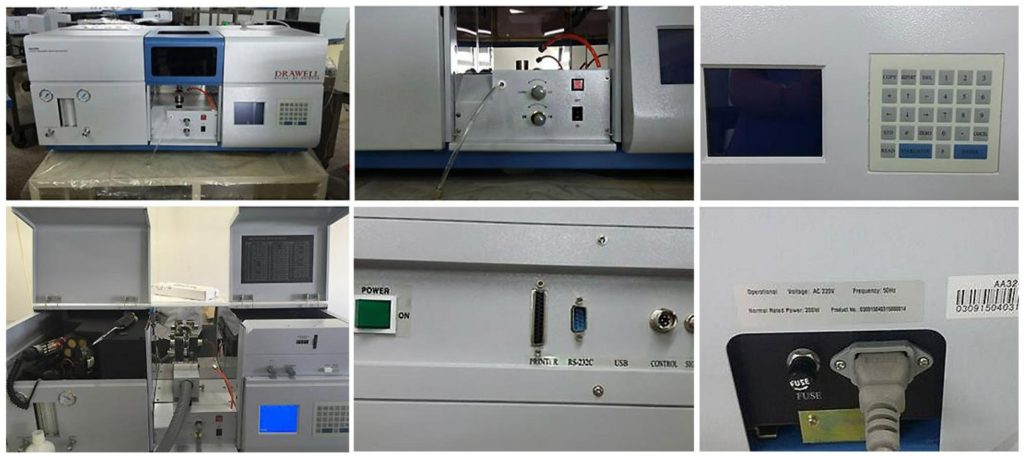
2. Elements analyzed:
- ICP-AES: Can analyze a wide range of elements, including major, minor, and trace elements (up to 70 elements simultaneously).
- AAS: Typically limited to analyzing fewer elements, often focusing on specific metals of interest like Cu, Zn, Fe, Pb, etc. (usually analyzes 1-6 elements at a time).
3. Detection limits
- ICP-AES: Generally has lower detection limits, meaning it can detect even very small amounts of elements present in the soil.
- AAS: Detection limits vary depending on the element, but are generally higher than ICP-AES.
4. Sample preparation:
- ICP-AES: Requires complete digestion of the soil sample using strong acids, which can be time-consuming and may alter certain element forms.
- AAS: Generally involves simpler sample preparation compared to ICP-AES. For soil analysis, AAS can be applied directly to solid samples with minimal pre-treatment. Can sometimes use milder extraction methods for specific elements, depending on the analysis goal.
5. Throughput and Efficiency:
- ICP-AES: Offers higher throughput and faster analysis compared to AAS, especially when analyzing multiple elements simultaneously.
- AAS: Although slower compared to ICP-AES, AAS can still provide efficient analysis for routine measurements and targeted elemental analysis in soil samples.
6. Ease of use:
- ICP-AES: Requires more technical expertise for operation and data interpretation.
- AAS: Generally easier to operate and interpret results, making it suitable for routine analysis.
7. Cost and Operational Considerations:
- ICP-AES: Typically involves higher initial setup costs and maintenance expenses. The operational costs may vary depending on the sample throughput and frequency of analysis.
- AAS: Generally has lower initial investment and operational costs compared to ICP-AES. It is suitable for smaller-scale laboratories or those with limited budgets.
Here’s a conclusion table of the differences between ICP-AES and AAS for soil analysis based on various aspects:
| Aspect | ICP-AES | AAS |
| Principle of Operation | Inductively Coupled Plasma emits light emitted by excited atoms | Light absorption by ground-state atoms |
| Elements analyzed | Multielement analysis | Usually one element at a time |
| Detection limits | Typically lower detection limits | Detection limits can vary depending on the element and instrument setup |
| Sample preparation | Requires sample digestion to form a liquid solution | Generally requires less complex sample preparation, often acid digestion |
| Throughput and Efficiency | Higher throughput due to simultaneous or sequential analysis of multiple elements | Lower throughput due to sequential analysis of single elements |
| Ease of use | More complex instrumentation and operation | Generally simpler instrumentation and operation |
| Cost and Operational Considerations | Typically higher initial capital cost and operational costs due to complexity | Lower initial capital cost and operational costs compared to ICP-AES |
In summary, while both ICP-AES and AAS have their advantages and limitations, the choice between the two techniques depends on the specific analytical requirements, sample matrix complexity, budget considerations, and available resources in the laboratory.

Conlcuison
In conclusion, the choice between ICP-AES and AAS for soil analysis hinges on various factors such as sensitivity, throughput, and the breadth of elements to be analyzed. While AAS offers exceptional sensitivity for trace elements and heavy metals, ICP-AES surpasses it in terms of speed, simultaneous multi-element analysis, and wider dynamic range. Additionally, the evolving landscape of analytical instrumentation and the demands of modern soil science underscore the importance of partnering with reliable ICP-AES and AAS suppliers. Collaborating with reputable suppliers ensures access to cutting-edge technology, reliable support, and continuous innovation, empowering researchers and practitioners alike to navigate the complexities of soil analysis with confidence.

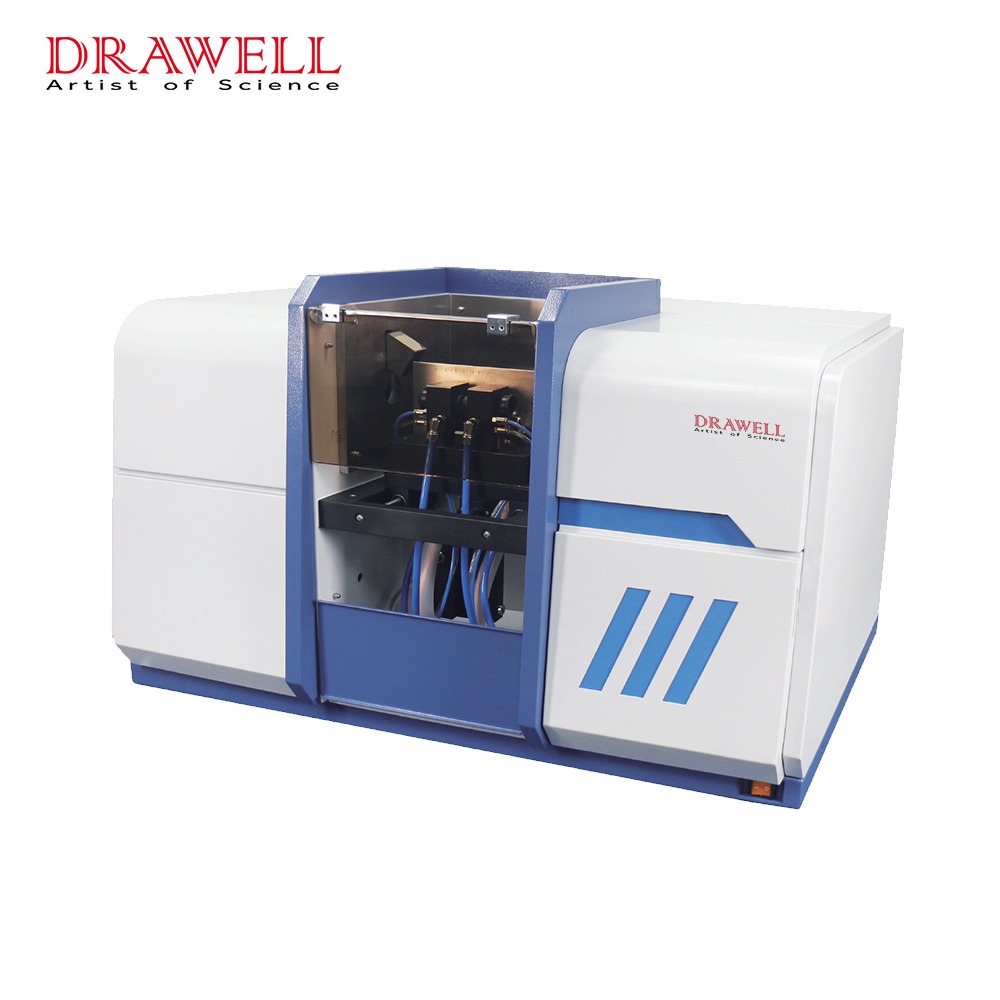
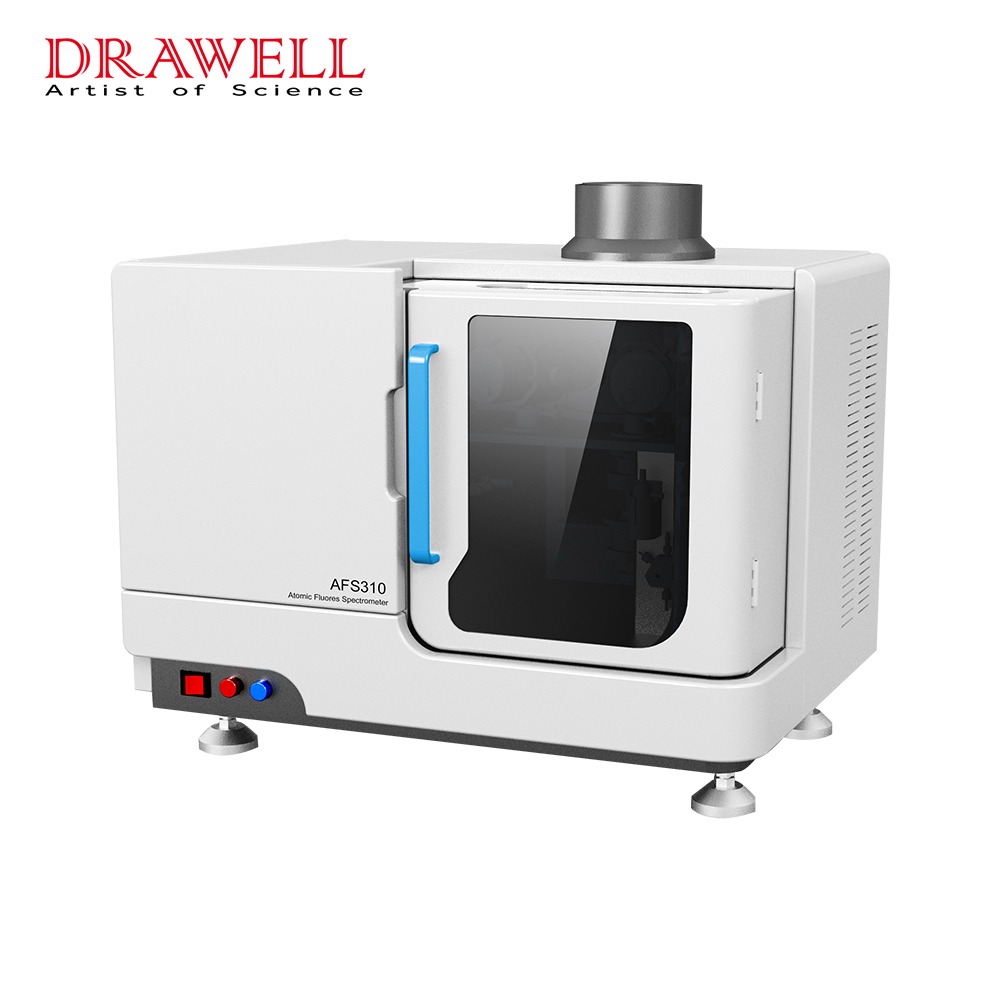
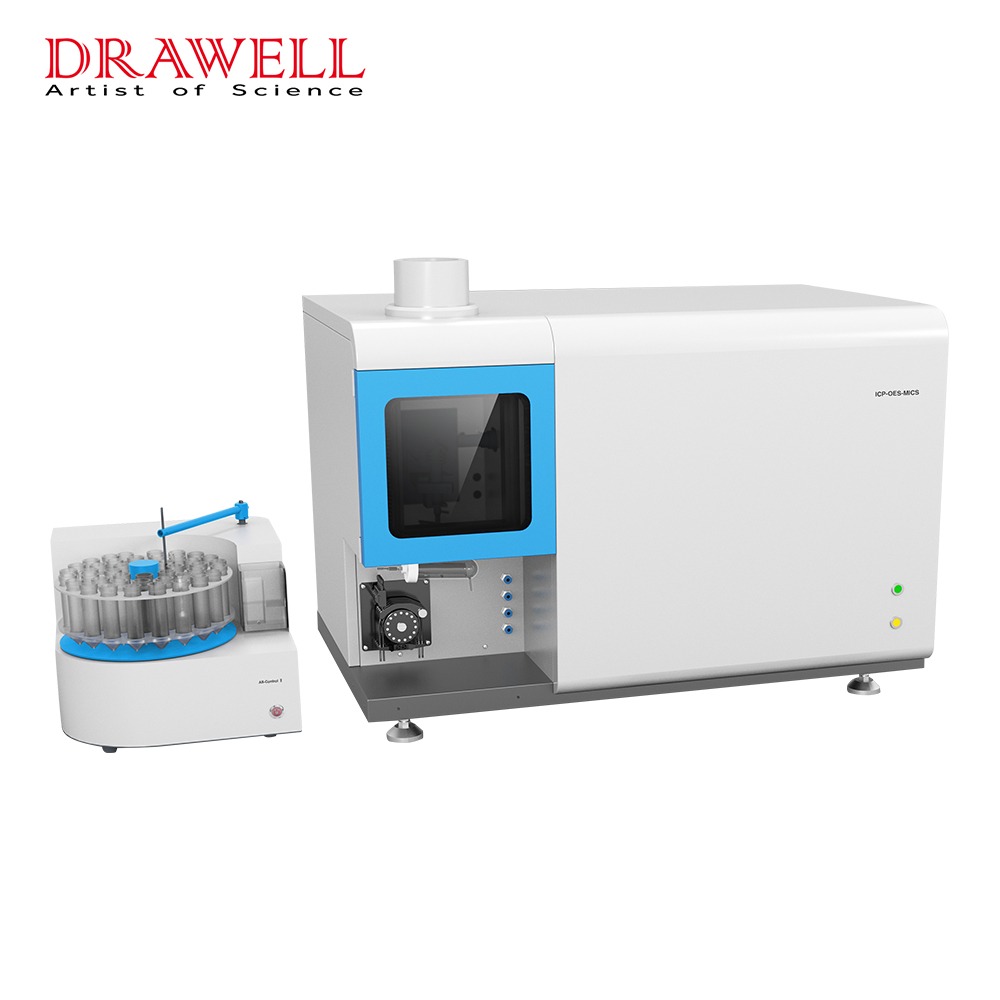
2.jpg)
